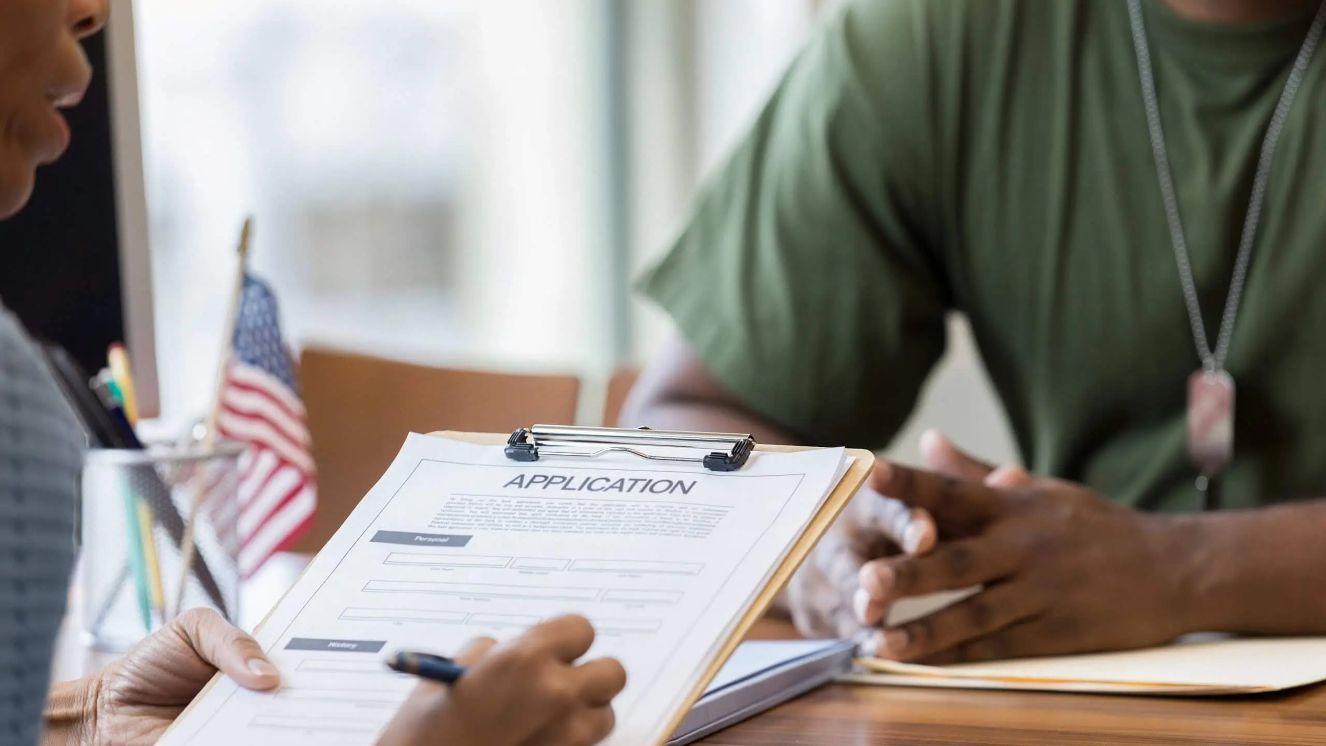OPERATION ALLIES WELCOME IS A CIVILIAN LED EFFORT TO HELP AFGHAN REFUGEES

Table of Contents
Operation Allies Refuge was an important mission not just in the achievement of pulling it off, but for the job well done in getting at-risk people out of the Taliban’s reach. During the War in Afghanistan, American civilians, Afghans, and members of the U.S. military were all working together in some capacity for decades. When the United States decided to leave following the fall of Kabul, American citizens still in Afghanistan, but especially Afghans who assisted the American Armed Forces, faced harsh retaliation from the Taliban. But getting people out of harm’s way is only part of the battle. Operation Allies Welcome is the second component of transporting more than 124,000 people across the world. Related read: Jocko Willink's Motorcycle Sweepstakes Highlights One of the Most Tragic Stories of Afghanistan
What Is Operation Allies Welcome?
The ongoing effort is an extension of Operation Allies Refuge, which is being led by civilian efforts under the oversight of the Biden Administration. In total, there are 70,000+ Afghan refugees moving to the U.S. Eventually, those working towards Special Immigrant Visa (SIV) status will be processed and brought to America for safety. There are more than 250 organizations working to make the operation a success. Even former politicians, such as President Bush and President Obama, have worked to support the cause. Eligibility and the process for those who helped make the initial start of the mission are now being considered for the Operation Allies Welcome ribbon and Operation Allies Welcome Medal, formally known as the Armed Forces Service Medal. But you can't just accept everyone into the U.S. and have it work out. Procedures and systems are being put into effect to ensure a smooth transition. Suggested Read: Biden, Taiwan, and How We Got Here
Here Are the Phases
To make sure the refugees are not simply thrust into a compromising situation, the U.S. has developed a process. Here’s what it looks like: The first part of Operation Allies Welcome is taking place outside of the U.S. Before arriving in America, refugees will undergo vetting, screening, and processing. This multi-step process involves many government agencies, including the following:
- Federal Bureau of Investigation (FBI)
- National Counterterrorism Center (NCTC)
- U.S. Customs and Border Protection (CBP)
- U.S. Department of Defense (DoD)
- U.S. Department of Homeland Security (DHS)
- U.S. Department of State (DoS)
- U.S. Immigration and Customs Enforcement
- U.S. Coast Guard
- U.S. Secret Service
- Transportation Security Administration
Failing these checks overseas results in flight denial to the U.S. Upon arrival, Afghans undergo additional inspections. If concerns arise, CBP may refuse entry to the United States. The second step for Operation Allies Welcome participants is to set up a two year humanitarian parole. If refugees fail to follow the conditions, work authorization will not be granted. The terminating of parole may occur, leading to detainment or deportation. Successful parolees may apply for benefits specifically for immigrants. Those who complete the SIV process can become lawful permanent residents. This also applies for their dependents. Subsequently, other options are available for those not finished with the SIV process for special immigrant status. Because these processes began during the COVID-19 pandemic, there is emphasis on access to vaccines and healthcare for refugees. Operation Allies Welcome has vaccine requirements, but they are very encompassing. Upon completing processing at the port of entry, U.S. citizens, lawful permanent residents, and SIV holders can leave the airport. In contrast, SIV applicants and other vulnerable Afghan allies granted humanitarian parole are transported to U.S. military facilities. There, refugees undergo medical screenings and access various services before proceeding to their destinations.
What Assistance Will Refugees Receive?
The USCIS will provide help with employment, immigration status, and healthcare coverage. There is a lot going on but that’s because there is a lot to do. Afghan parolees will have access to certain benefits, and the USCIS will see to it that everything is in working order when distributing these resources. Arriving Afghans receive initial resettlement assistance through local resettlement affiliates coordinated by DoS. The Operation Allies Welcome resettlement process considers various factors, including community capacity and individual needs. Afghan nationals receive briefings on parole conditions, U.S. laws, and potential consequences for illegal actions. The DoS also handles referrals to the U.S. Refugee Admissions Program for Afghans associated with the U.S. in Afghanistan. This allows consideration for refugee resettlement from a third country if they've left Afghanistan.
Where Are the Refugees From Operation Allies Welcome Going?
If you’re going to take tens of thousands of people out of their nation for refuge, you’re going to need to have the plan to put them somewhere else. This is no easy feat, but the refugees in need of care are going to the following military bases after processing and vetting overseas. Here are the bases SIV applicants will call home:
- Camp Atterbury, Indiana
- Fort Barfoot (Fort Pickett), Virginia
- Marine Corps Base Quantico, Virginia
- Fort Bliss, Texas
- Fort McCoy, Wisconsin
- Holloman Air Force Base, New Mexico
- Fort Gregg-Adams (Fort Lee), Virginia
- Joint Base McGuire-Dix-Lakehurst, New Jersey
At the beginning of 2022, the last Afghan refugees departed Holloman Air Force Base, yet there is still work to be done. Especially when you consider the parole period is still ongoing for many. Operation Allies Welcome is still in effect. Consequently, this is bringing attention to the fact that although the War in Afghanistan is over, there are a lot of loose ends. Thankfully, those in and outside of the military are working together to make sure things run smoothly. Read next: How Much Does Search and Rescue Cost, and Who Pays?
BY BUDDY BLOUIN
Buddy Blouin is a Contributing Writer at VeteranLife.com
Buddy Blouin is a Contributing Writer at VeteranLife.com



